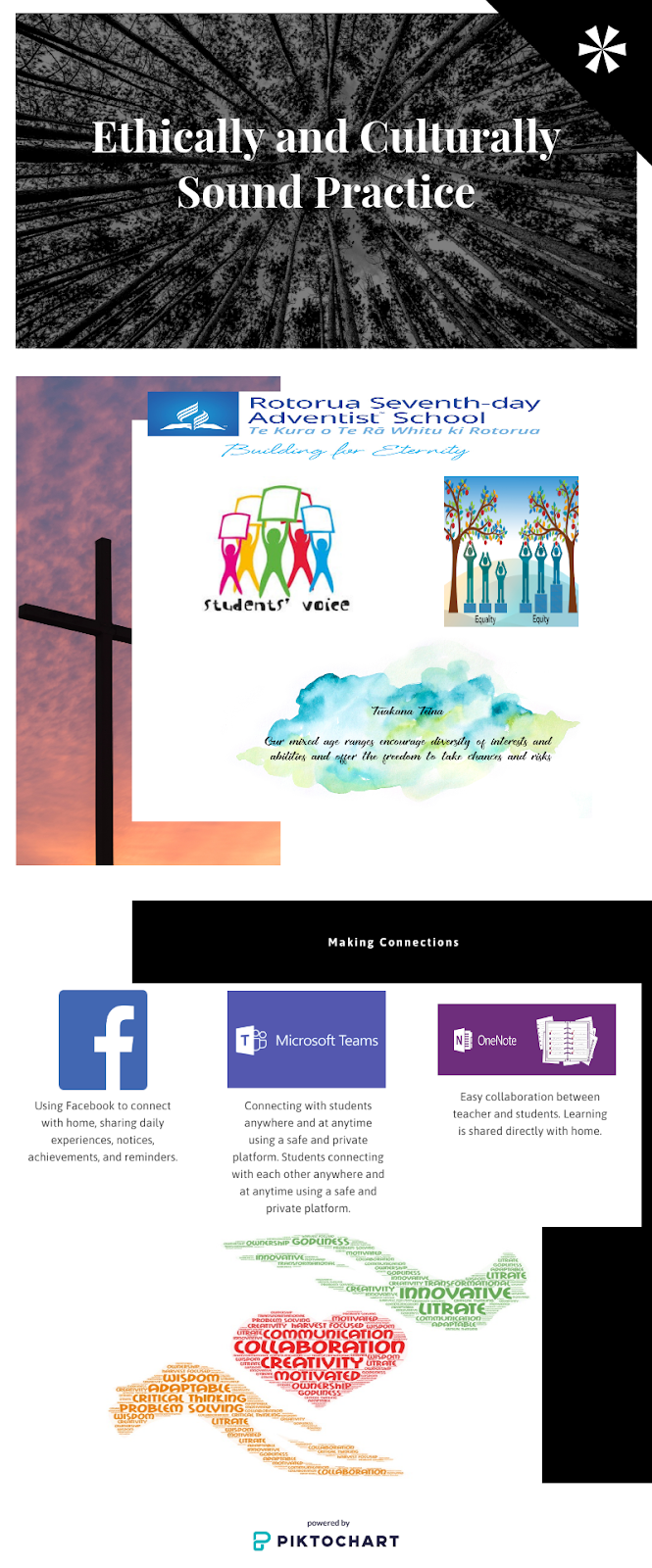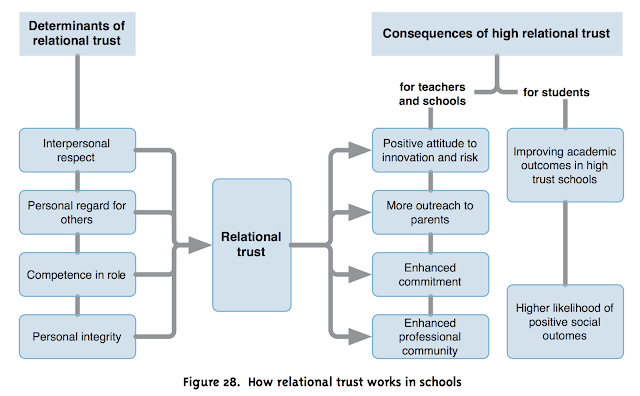Technology Integration Models
[Extracts from Kimmons & Hall, 2016] Technology integration models are frameworks that one can use to guide thinking around the use of emerging technologies in education and as such provide a way to examine the myriad ways stakeholders make decisions pertaining to technology use, adoption, and integration. …. As theoretical constructs, technology integration models empower researchers and practitioners to ask certain questions and to understand technology integration in key ways. Much like the lens of a telescope, these models have great practical value for improving perceptions and guiding inquiry, and it is for this reason that various technology integration models have been posited in recent years as means for understanding technology integration phenomena. Some prominent examples include the Technological Pedagogical and Content Knowledge (TPACK) model, Substitution Augmentation Modification Redefinition (SAMR) model, Replacement Amplification Transformation (RAT) model, Tec


